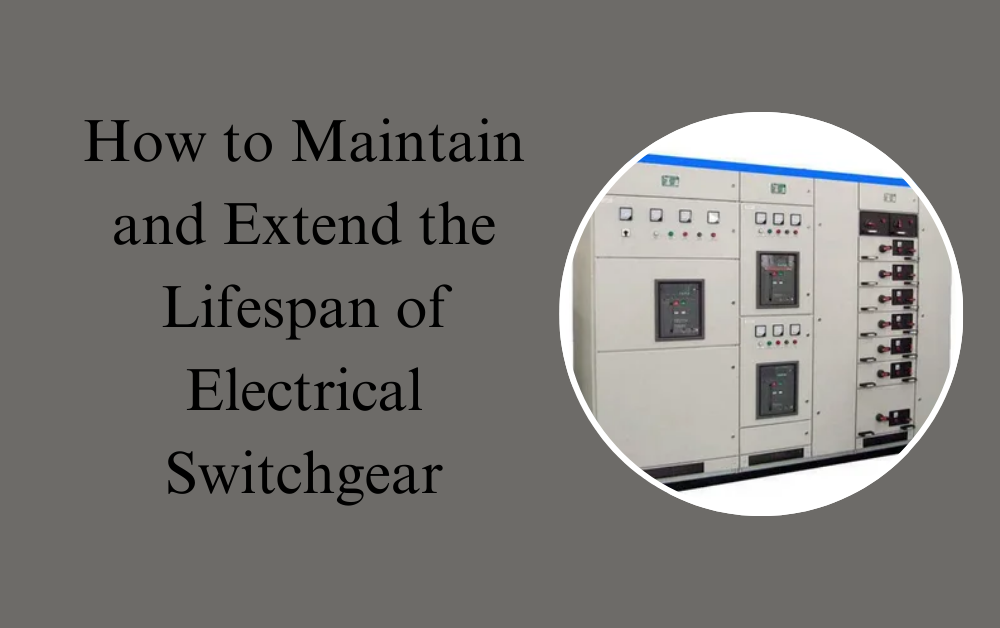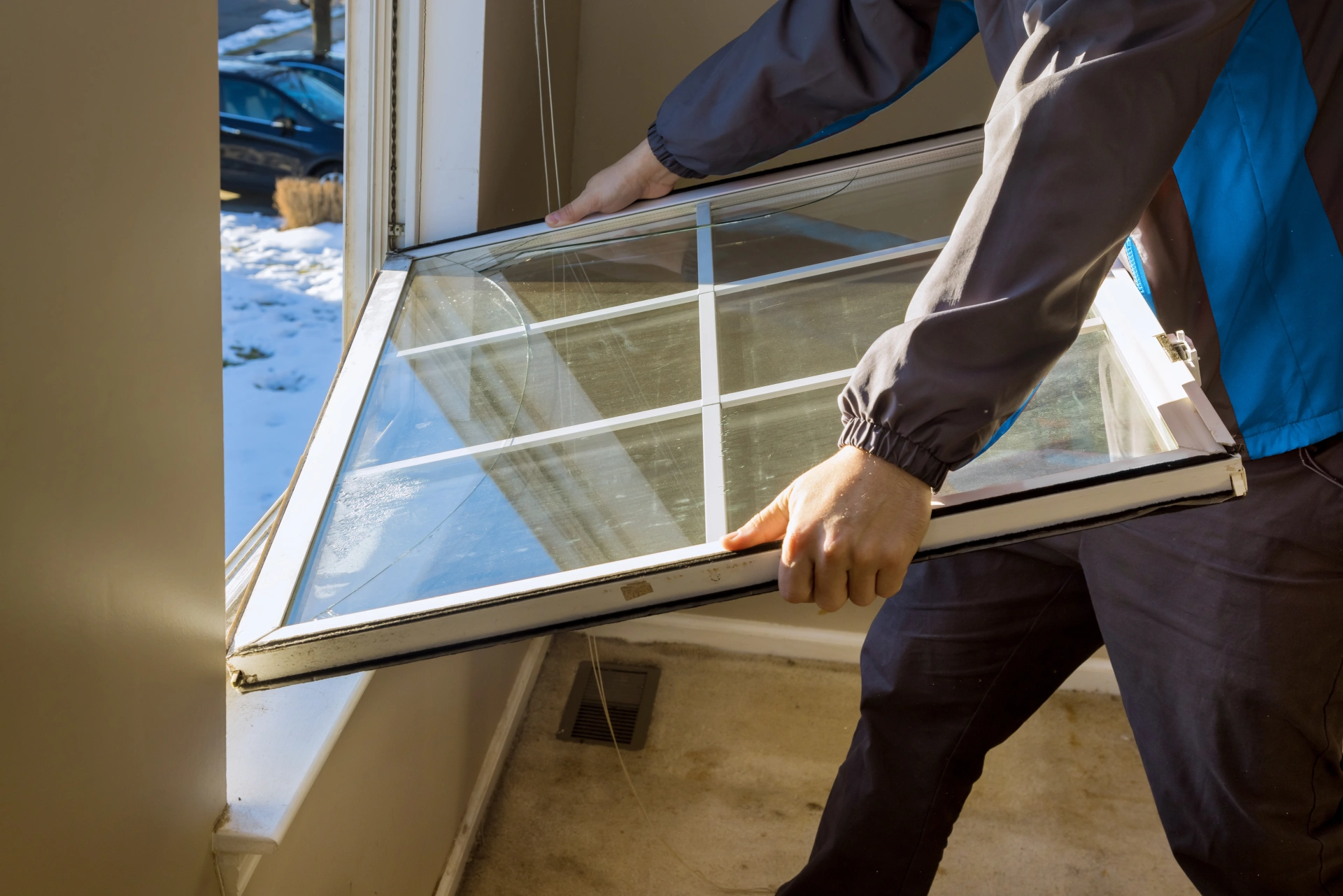Electrical switchgear is a crucial component in power distribution systems. It helps control, protect, and isolate electrical equipment, ensuring safety and smooth operation. Without proper maintenance, switchgear can fail, leading to costly downtime, equipment damage, or even safety hazards.
In this guide, we will explore how to maintain electrical switchgear and ways to extend its lifespan through regular checks, proper handling, and preventive measures.
Note :
Why Is Electrical Switchgear Maintenance Important?
Before diving into maintenance steps, let’s first understand why taking care of your switchgear is crucial:
- Prevents Equipment Failure: Regular maintenance reduces the risk of unexpected breakdowns.
- Enhances Safety: Well-maintained switchgear prevents electrical faults, reducing fire hazards and electrocution risks.
- Increases Lifespan: Proper care ensures the equipment serves you for many years.
- Improves Efficiency: A well-maintained system operates at peak performance, minimizing energy losses.
- Saves Money: Preventing failures means fewer repair and replacement costs in the long run.
Note : Looking for a reliable Electrical Switchgear Supplier in UAE? Contact us today for high-quality products and expert advice to ensure your power systems operate at peak efficiency

1. Perform Regular Inspections
Regular inspections are the foundation of good switchgear maintenance. These checks help identify potential issues before they turn into serious problems.
1.1 What to Check During an Inspection?
- Loose Connections – Look for any loose or corroded wires, as they can cause overheating.
- Signs of Damage – Check for cracks, burns, or other physical damage.
- Dust and Dirt Accumulation – Excess dust can lead to insulation failure and overheating.
- Moisture and Corrosion – Any sign of water damage should be addressed immediately.
- Unusual Noises or Smells – Buzzing sounds or burning smells may indicate an electrical fault.
1.2 How Often Should Inspections Be Done?
- Routine Inspections – Monthly or quarterly, depending on usage.
- Comprehensive Inspections – Once or twice a year by a professional technician.
- After Extreme Conditions – If there has been a power surge, flood, or lightning strike, inspect immediately.
2. Keep Switchgear Clean and Dry
Dirt, dust, and moisture can cause significant damage to electrical switchgear. Keeping the equipment clean and dry is essential for proper functioning.
2.1 Cleaning the Switchgear
- Use a dry, lint-free cloth to remove dust from surfaces.
- Avoid using wet or damp cloths as moisture can damage the insulation.
- Use a vacuum cleaner with a soft brush attachment to remove fine dust.
- For stubborn dirt, use a non-conductive cleaning solution recommended by the manufacturer.
2.2 Controlling Moisture
- Ensure Proper Ventilation: Good airflow prevents condensation inside the equipment.
- Use Dehumidifiers: In high-humidity environments, dehumidifiers help keep switchgear dry.
- Check for Leaks: Inspect the surrounding area for any water leaks that might reach the switchgear.
3. Tighten Loose Connections
Loose electrical connections can cause arcing, overheating, and even fires. It’s important to check and tighten them regularly.
3.1 Steps to Tighten Connections
- Turn Off Power – Always disconnect power before working on switchgear.
- Use Proper Tools – A torque wrench ensures you tighten to the correct specifications.
- Check for Corrosion – If you see corrosion, clean the connection before tightening.
- Inspect Cable Insulation – Ensure wires are in good condition and not damaged.
4. Lubricate Moving Parts
Switchgear contains various moving parts that can wear out over time. Proper lubrication ensures smooth operation and prevents excessive wear.
4.1 How to Lubricate Switchgear?
- Use manufacturer-recommended lubricants only.
- Apply lubricant to hinges, breakers, and contact points.
- Avoid over-lubricating, as excess oil can attract dust and dirt.
- Schedule lubrication at least once a year or as per the manufacturer’s guidelines.
5. Test Protective Devices
Switchgear includes protective devices like circuit breakers and relays, which help prevent electrical overloads. Testing these components ensures they function correctly.
5.1 How to Test Protective Devices?
- Circuit Breakers – Perform regular trip tests to ensure they activate correctly.
- Relays – Use a relay tester to verify correct operation.
- Voltage & Current Transformers – Check accuracy with a multimeter or clamp meter.
- Thermal Scans – Infrared thermography can detect overheating parts.
6. Follow Manufacturer’s Guidelines
Each switchgear model has unique maintenance requirements. Following the manufacturer’s recommendations ensures the best performance and longevity.
6.1 What to Follow from the Manufacturer?
- Recommended inspection schedules
- Specific cleaning methods
- Lubrication requirements
- Testing procedures
- Replacement part specifications
7. Plan for Preventive Maintenance
Preventive maintenance involves scheduled servicing to prevent failures before they occur.
7.1 Benefits of Preventive Maintenance
- Reduces Downtime – Regular servicing prevents unexpected breakdowns.
- Improves Safety – Ensures all components are functioning properly.
- Extends Lifespan – Keeps equipment in good working condition.
- Saves Costs – Avoids expensive emergency repairs and replacements.
7.2 Creating a Preventive Maintenance Plan
- Set a Schedule – Monthly, quarterly, and annual maintenance tasks.
- Document Findings – Keep records of inspections and repairs.
- Train Staff – Ensure maintenance personnel know the correct procedures.
- Upgrade When Necessary – Replace outdated or worn-out components.
8. Replace Worn-Out Parts
Over time, components of switchgear wear out and need replacement. Identifying these parts early can prevent major issues.
8.1 Common Parts That Need Replacement
- Circuit breakers
- Relays
- Insulation materials
- Busbars
- Contactors
8.2 When to Replace Parts?
- If frequent tripping occurs.
- If visible damage or corrosion is present.
- If performance declines, affecting overall efficiency.
Final Thoughts
Electrical switchgear is a critical part of power systems. By following proper maintenance practices, you can extend its lifespan, ensure safety, and improve efficiency. Regular inspections, cleaning, testing, and preventive maintenance will help avoid failures and costly repairs.
If you are unsure about any maintenance procedure, it’s best to consult a professional technician to handle the job safely. Investing in regular maintenance today will save you from expensive replacements and downtime in the future.
Keep your switchgear in top shape, and it will serve you for many years to come!
For more insightful articles related to this topic, feel free to visit techners.net












Leave a Reply